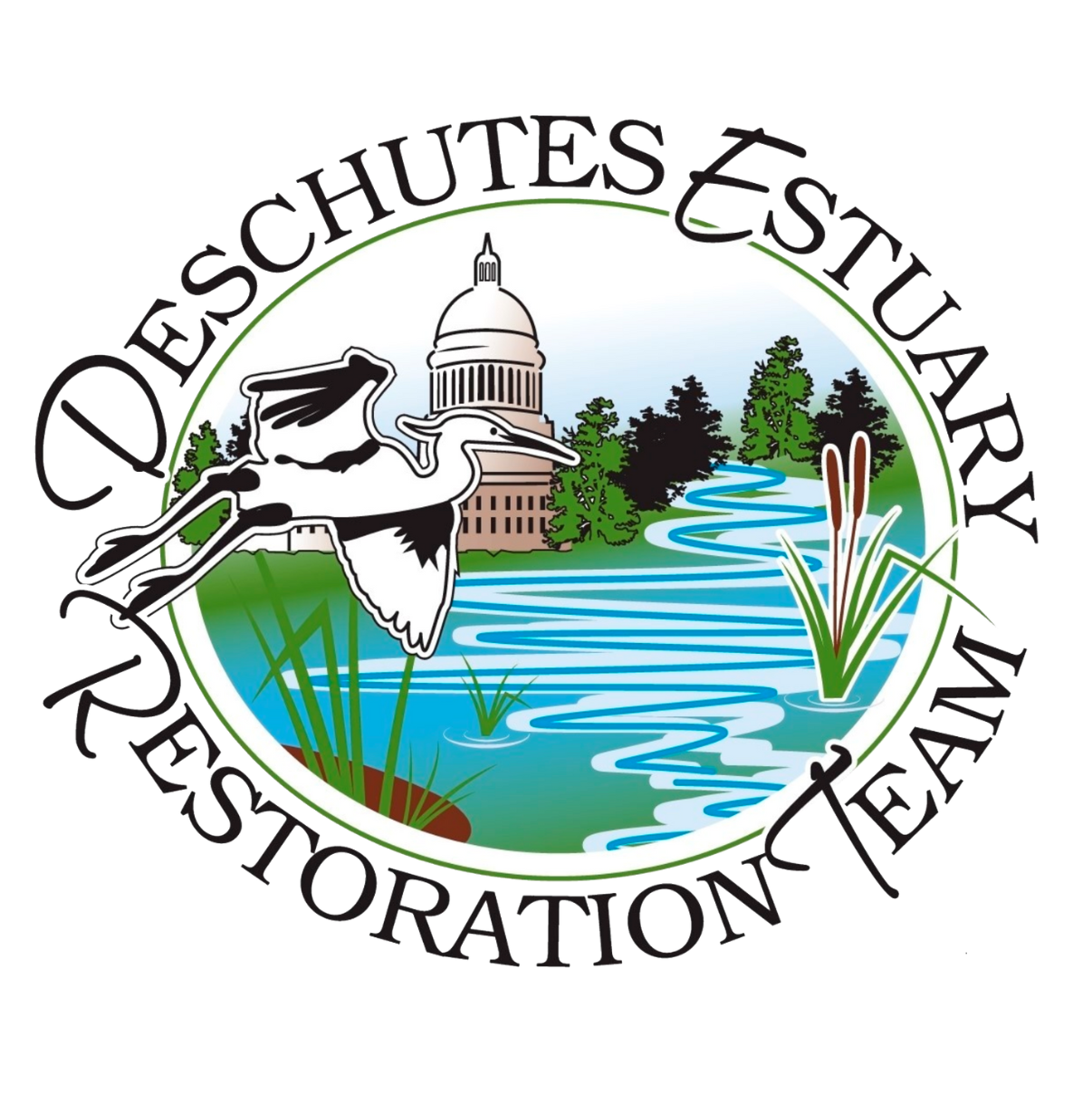by Glen Anderson, producer and host of this TV series
The Olympia Fellowship of Reconciliation’s December 2014 TV program, “Restoring the Deschutes River to its Natural Flow,” will air three times a week during December – every Monday afternoon at 1:30 pm, every Wednesday afternoon at 5:00 pm, and every Thursday evening at 9:00 pm on Thurston Community Television (TCTV) cable channel 31 for cable TV subscribers in Thurston County.
Even if you live elsewhere or don’t have cable TV, you can watch this program anytime from anywhere:
The Olympia Fellowship of Reconciliation’s December 2014 TV program examines an environmental problem that has hurt the greater Olympia and south Puget Sound areas for more than half a century – the problems in the waters near the west side of downtown Olympia where the 5th Avenue dam prevents the Deschutes River flow freely into Budd Inlet, the southernmost tip of Puget Sound.
Only in the past few years have people been organizing vigorously to solve the problems with this natural solution. Two knowledgeable and articulate guests help us explore this topic. Both are active with the Deschutes Estuary Restoration Team (DERT):
Dave Peeler is President of DERT’s Board and has 40 years of professional scientific experience working on environmental issues, with special expertise in water quality.
Helen Wheatley is an historian who has extensively studied the history of the 5th Avenue dam and Capitol Lake. During this hour she will show photos – some historical and some recent – to illustrate the case for removing the 5th Avenue dam and letting the Deschutes River run freely through a natural estuary.
A basic environmental principle is that Mother Nature knows best, and we should avoid disrupting natural ecosystems, such as the estuaries where rivers flow into salt water. Another basic environmental principle is that Mother Nature is resilient. If we would remove the dam and stop causing the damage, Mother Nature could do a lot to restore and heal the natural ecosystem.
Throughout the program, Helen provides a number of historical photos and two videos that help viewers see the specific area and understand the problems and solutions.
Dave explains what an estuary is and how an estuary works.
Helen provides interesting history about the background that led to the 5th Avenue dam, and some misconceptions that occurred then and have persisted since.
Our guests explain the scientific issues about water flow and circulation, and how the dam impairs those and causes unhealthily low levels of dissolved oxygen in the water. They explain the algae that plagues the lake, and the interactions of water quality elsewhere in Puget Sound.
They explain the continual problems related to sediment that flows downstream in the Deschutes River and settles in Capitol Lake because the dam prevents it from flowing out.
They discuss the dam’s hurtful implications for fish.
A local non-profit organization, the Deschutes Estuary Restoration Team (DERT) (see contact information below) has been working to solve the problems and has produced recommendations for removing the dam and restoring the Deschutes Estuary to a natural ebb and flow that would significantly improve water quality and the health and sustainability of local plants and animals.
Our guests also explain the governmental involvement in the issue. Many entities have a hand in this local area, so it’s hard to reach decisions, but progress is underway.
Yet another complexity is public opinion, which is mixed and sometimes misinformed. Often it is hard to let go of the artificial status quo and choose a more natural future. But if we do, we will find it more satisfying for us, besides being better for the environment.
Indeed, Western Washington has two good recent examples of success stories:
— At the Nisqually Delta, we removed the dikes and allowed the Nisqually River estuary to return to a more natural ecosystem. While some people were apprehensive about doing this, now the results are wildly popular besides being better for the environment.
— On the Olympic Peninsula’s Elwha River, we removed the dam, and salmon runs have vastly increased beyond our wildest hopes.
For more information, contact the Deschutes Estuary Restoration Team (DERT). You can e-mail them at olydert@gmail.com, visit their website, www.deschutesestuary.org, or write to them at DERT, PO Box 11093, Olympia WA 98508.
Our guests recommended two governmental sources of information about this:
The Washington State Dept. of Ecology has info about “Deschutes/Budd Inlet TMDL at http://www.ecy.wa.gov/programs/wq/tmdl/deschutes/index.html
The Washington State Dept. of Enterprise Services has info about Capitol Lake at http://des.wa.gov/about/pi/CapitolLake/Pages/default.aspx

